SEO Q&A:
LinkedIn Community 2020
Hi there, and welcome to my SEO Q&A for LinkedIn in 2020.
Table of Contents
In this extensive Q&A, I deep-dive into some regularly asked SEO questions.
As many of you may know, I reached out to over 100 of my LinkedIn connections for questions regarding Search Engine Optimization.
And, well, I got a huge number of responses, so I got to work on answering them.
Regardless of whether you participated or not, I think everyone can learn something new.
Without further ado, let’s get started!

Questions & Answers
QUESTION 1
Testing Markets With SEO?
Pierre Maynial
QUESTION 5
How Important Is Photo/Image SEO?
Elena Markin
QUESTION 9
How To Incorporate SEO on Social Media?
Suzzette Patten
QUESTION 2
How Has BERT Affected SEO?
Pierre Maynial
QUESTION 6
What Tools Can Test Page Optimization?
Elena Markin
QUESTION 10
Baby Steps SEO Guide.
Anonymous
QUESTION 3
How Do You Get Featured Site links?
Elena Markin
QUESTION 7
Ways To Compile SEO Analytics?
Monte Stewart
QUESTION 11
What Google Looks For Specifically?
Sandy Chernoff
QUESTION 4
How Important Is A Sitemap?
Elena Markin
QUESTION 8
How To Stay On First Page Of Google?
Alex Sapong
QUESTION 12
Can SEO Benefit The Creative Industry?
Allison Pehleman
Question 1:
Testing Markets With SEO?
“Right now, I’m launching different websites & landing pages all at once to test specific market segments and specific product offerings.
So, to get quick results, I promote those landing pages via Ads + Google.
Is there any recommended “fast” SEO strategy, that could enhance the success of this market validation strategy? Or Does SEO take too much time and is more adapted to promote a website on the long run?” – Pierre Maynial

Answer:
Here’s my understanding of your situation:
You are creating landing pages that are targeted towards specific audiences. You then drive traffic to those pages to test conversion rate, in an attempt to find an optimal product-audience match.
In this case, You’re using what’s called SEM (Search Engine Marketing), as opposed to SEO, where you leverage Google Ads to gain quick visibility and traffic.
Google Ads (SEM) Vs SEO:
Google Ads are by far the fastest way to gain visibility on Google.
I wouldn’t recommend “testing” anything with SEO. SEO should be seen more of a long-term investment to SOLIDIFY a spot on Google once you know your market.
The fastest SEO ranking strategy depends on how old your website is, and how high it’s domain authority is. If it’s a brand new website, then ranking the page on Google in the fastest manner possible would require a lot of investment to acquire enough back-links to spike up the SERPs of your desired keyword.
So in this regard, you are doing everything right! Ads are the way to go here.
Question by Pierre Maynial
Question 2:
How Has B.E.R.T Affected SEO?
“How has BERT affected SEO?” – Pierre Maynial

Answer:
The BERT algorithm (Bidirectional Encoder Representations from Transformers) is a major update to how Google is processing context and words.
BERT is a deep learning algorithm surrounding natural language processing.
Google’s idea here was to improve their recognition of CONTEXT, especially for complicated searches.
This is how Google put it:
“These improvements are oriented around improving language understanding, particularly for more natural language/conversational queries, as BERT is able to help Search better understand the nuance and context of words in Searches and better match those queries with helpful results.
Particularly for longer, more conversational queries, or searches where prepositions like “for” and “to” matter a lot to the meaning, Search will be able to understand the context of the words in your query. You can search in a way that feels natural for you.”
Here’s My Take On B.E.R.T:
BERT is going to have an effect on SEO in two ways:
- It opens up new content opportunity (not a lot, but some)
- It will help searchers find what they’re looking for.
In my eyes, this update will have almost no effect on rankings, but will help if you wanted to create content surrounding multi-meaning words, such as “bass”.
For example:
In New England, “cow” can mean a large striped bass. Imagine for a second that you wanted to create an article on “how to catch a cow fishing?”
With the old Google algorithm, you would search for “How to catch a cow fishing?” and you would be served rows and rows of cow-related results.
With the new BERT update, Google recognized the context word of “fishing” and correctly shows large striped bass’ instead of cows.
BERT is going to help searchers find more relevant results for complex ideas or phrases, but as far as I can tell, won’t be having much of an effect on rankings
As a general rule of thumb, though, you should always make sure your pages are well organized, written, and are using proper header tags to help avoid any shenanigans with Google.
Question by Pierre Maynial
Question 3:
How Do I Get Featured Site Links?
“Some websites I come across, such as one of my competitors, show up on a Google search nicely organized.
All the sections have a title and a bit of info under.
How do I get Google to do this for my website?“
-Elena Markin

Answer:
These “info boxes” below the main result of your competitor are called “Sitelinks”.
Sitelinks are beneficial to have in many ways, including a higher click-through-rate, easier navigation for visitors, taking up more search space, etc.
However, there is some important information for you to know about sitelinks.
How To Get Site-links To Show Up
Structured Data
You need to add “Structured Data” (Schema Markup) to your site if you want the best chance at getting site links to show up.
I know, I know, “What the heck is THAT?!” — right? Well, it’s not quite as complicated as it sounds, but it can cause you a huge headache if you’re not guided through it step-by-step.
Schema markup also referred to as structured data, is a way for you to put bite-sized data within your website for Google to read and make use out of.
With the right snippets of code, like the one I’ll provide you below, Google can read them and more easily show special featured search results as your competitor has.
Here is a “JSON-LD” snippet that you can add to your website:
<script type="application/ld+json">{
“@context”: “http://schema.org”,
“@type”: “WebSite”,
“url”: “https://www.YOURSITE.COM/”,
“potentialAction”: {
“@type”: “SearchAction”,
“target”: “https://YOURSITE.COM/search?q={search_term_string}”,
“query-input”: “required name=search_term_string”
}
}
</script>
It’s important that you first replace “yoursite.com” with your site’s URL, then copy and paste that code into your header. — You can also hide it in a text block if you need to.
If you’re having trouble, here is a link to a sitelinks guide for more details.
You can also scan your page, and confirm that your schema markup is working correctly here: https://search.google.com/structured-data/testing-tool/u/0/
There’s more to it though….
Add a Sitemap
Add a sitemap.xml file to your Google Search Console account.
There’s already some great how-to’s out there, so I’ll give you the general procedure, and link to the relevant resources for more details:
If you’re using WordPress, Yoast is a great plugin to automatically generate a sitemap.
- Download the Yoast plugin.
- Go to Yoast plugin>>general>>Features Tab>> Click on question mark on “XML sitemaps” >> Click “XML sitemap” link. [Copy this URL] Then proceed to step 3.
- Submit your sitemap to Google. For more help refer to this tutorial: https://kb.yoast.com/kb/submit-sitemap-search-engines/
Otherwise, you can have one automatically generated for you here:
The problem with generating an XML sitemap from scratch is it won’t stay updated and will have to be renewed if you continuously add content or pages.
Clean Site & URL structure.
Make sure that your website is structured well. If your site is randomly formatted, pages aren’t where they’re supposed to be, or you have no clear breadcrumbs, this can cause a big crawling issue for Google. In these cases, Google will be confused and not know what links to show to users. Because of this, the chances of sitelinks being shown to searchers are much, much, lower.
Here are some key tips to achieve a clean site & URL structure: Here are some key tips to achieve a clean site & URL structure:
1. Have ONE about us page, info page, case studies page, privacy policy page, etc.
Having multiple “About Us” pages can cause serious confusion for Google, as they don’t know which page to show users, or which page is even the right page to link to.
By cutting away all the confusing pages, and clearly labeling them with page titles, and linking to them from your header menu, Google can clearly recognize important pages to your site.
2. Make sure to keep related things in URL Categories. (yoursite.com/blog/*)
It is important to keep your URL structure tidy so Google knows exactly what your content is related to.
Example #1: If you have a blog on your site, as many websites do, it’s advisable to have the “/blog/” sub-folder in your URL.
Instead of having “Yourwebsite.com/YOUR-BLOGPOST/”, it would read “Yourwebsite.com/BLOG/your-blogpost”.
Although this is most commonly used to create a clear URL structure for blogs, you can also use it for anything you need to associate together.
Example #2: A services company has many locations that they service, and they have a specific page for each location, as well as pricing pages for each location.
To optimize their URL structure, they would create a LOCATION subfolder to organize their location pages and make it easier for Google to associate those pages with others.
An optimized URL structure would look something like:
…//Servicecompany.com/service-areas/vancouver/pricing
Notice the first sub-folder is “/service-areas/” followed by the location, “/Vancouver/”, followed by the Vancouver info page “/pricing/”.
When Do SiteLinks Show Up?:
Sitelinks only show when two criteria are present:
1. You are, or very close to, the #1 spot for the given search…
Sitelinks are almost always awarded to the #1 spot on Google, and it is automatically applied when Google sees it as beneficial to the searcher.
2. Google determines it is beneficial to the user.
Here’s what Google Has To Say:
“We only show Sitelinks for results when we think they’ll be useful to the user. If the structure of your site doesn’t allow our algorithms to find good Sitelinks, or we don’t think that the Sitelinks for your site are relevant for the user’s query, we won’t show them.”
In Conclusion:
Although sitelinks improve a SERP’s CTR by more than 30%, my advice to you would be that you shouldn’t pay too much attention to sitelinks showing up for your website unless you’re rank #1 for a search term.
If you find that your website is showing up below the first result for your desired keywords, you should focus on getting that 1st spot instead, and THEN you can start thinking about fully optimizing your click through rate.
Hope that helps!
Question by Elena Markin
Question 4:
How Important Is A Sitemap?
“I’ve heard about a site map.
How important it is to have this done?
I personally haven’t done it for my website…”
-Elena Markin

Answer
Sitemaps are a best practice when it comes to optimizing your site with Google.
You can create one by either using a sitemap generator or using a plugin.
My favorite plugin to use for this is the “Yoast” WordPress plugin.
Yoast is kept up to date with how Google wants sitemaps to be formatted and will create one for you automatically at “Yoursite.com/sitemap_index.xml”
Once you have your sitemap URL, you simply need to add it to your Google Search Console, so that Google knows where your sitemap is, and can more easily navigate your website.
If you’re using WordPress, Yoast is a great plugin to automatically generate a sitemap.
- Download the Yoast plugin.
- Go to Yoast plugin>>general>>Features Tab>> Click on question mark on “XML sitemaps” >> Click “XML sitemap” link. [Copy this URL] Then proceed to step 2.
- Submit your sitemap to Google. For more help refer to this tutorial: https://kb.yoast.com/kb/submit-sitemap-search-engines/
Question by Elena Markin
Question 5:
How Important Is Image/Photo SEO? How Does It Compare To Keywords On A Page?
“I’ve heard about a site map.
How important it is to have this done?
I personally haven’t done it for my website…”
-Elena Markin

Answer
Great question, and this is something that is important to know if your business uses a lot of images as content.
First things first, you need to determine if your business can benefit from your images being displayed within the images section of Google.
Images can generate leads through Google, especially if your business is image-based. So if your website is about photography, you want people who are searching for images to come across your content.
Let me be clear though, it’s always a good idea to add alt-text to your website’s images, but the reality is, if you’re not an image-based company, it’s probably not worth your time.
But let’s just assume you ARE a company who can benefit from well-optimized images for Google, how do you optimize an image?
How to optimize an Image for Google
(SEO for photos)
1. Optimize the Image File Name
Image file name is one of the most important, yet overlooked, aspects of image SEO. You need to make sure your image file name isn’t a random series of letters and numbers, such as: “D8JK39jlkd.jpeg”.
Instead, name your image file something that is relevant to what someone would search on Google for. For example, if your image is a Black Bear in a Forest, your file name should be “black-bear-in-forest.jpeg”.
Make sure the most important keywords are at the beginning of the file name, and the more detailed information like “in forest” is later in the file name.
2. Add Image Alt Text, Title, and description
Adding an alt Title, text and description on your image is the best way to let Google know what your image is depicting, making it easier for them to Index and serve to searchers.
Here is more information about image Alt attributes.
Again, make sure the Title and description match your article/page and isn’t completely unrelated. If you’re not sure what the title & description should be, I’d suggest making the title the main keyword you’re targeting for the page.
You can add alt text to your images through a variety of ways, so the best thing to do is search Google for “How to add image alt text” or “How to add image alt text with WordPress (or whatever CMS/image editing software you’re using)”.
Question by Elena Markin
Question 6:
What Tools Can I Use To Check How Well My Page Is Optimized?
“…Are there any tools for me to check how well my page is optimized?
As to know, where should I put more work and attention to?“
-Elena Markin

Answer
I’ll cover this question by providing you the tools that you can use to access your current situation when it comes to SEO, and overall web-page optimization.
This means we have to look at two things. One, how your website is doing in terms of “on-page” SEO, and Two, how your website is performing in general (Speed, server response time, etc.)
Both of these are important to Google for different reasons. Website speed and performance may seem strange, but Google highly values fast websites as they’ve found that people searching on Google will not wait more than 2 seconds for a page to load.
To increase the user-experience, Google has started to look closely at how fast your website is loading, and if you website is loading quickly on mobile as well.
So here are some ways you can check your score in these areas.
How To Check Your SEO Score
There are many SEO score checkers on the web, but a couple stick out to me as the most consistent out of all of them.
SEO checkers will crawl your website, as Google does, and report back what they find. They run the data through some important criteria to double check if your pages have everything they need to rank well on Google.
Just a few of the checks that are done are:
- H1,H2, H3-H6 header tags
- Title Length
- Text length
- Keyword Density
- Content to Code Ratio
- Canonical link check
- And more…
Tools I recommend:
#1 Site Checker (Freemium)- Site Audit:
If your website is 20 pages or lower, then Site Checker can scan your entire site for issues. It will then form the results it into an easy to read report separated by “Critical”, “Warning”, and “Notice” categories.
Simply punch your URL into the box, and click “Analyze”.
You’ll end up with a page like this, here’s what I scored:
Some of these “Critical errors”, like in this case, will be found on pages that aren’t actually a part of your site, but the crawler found them and flagged them for SEO errors.
Here’s some of the advice it gives on how I can improve my pages:
You can see all of these errors were detected, and it’s advisable to address each of these, and then re-test to verify that the crawl is picking up the changes you’ve made.
If you’re unsure how to fix an issue, just click on their link: “What is this and how do I fix it?”
Also, If you have more than 20 pages, then you can always purchase Site Checker to crawl your entire site, which can prove incredibly useful in spotting all of the errors you need to fix.
#2 Uber Suggest (Free)- Site Audit:
This tool is by Neil Patel, an SEO & Digital marketing expert, who works with large international organizations such as Amazon, Forbes, and other top brands, working as their SEO and digital marketing consultant.
His website provides a lot of great tools, and the best part is, they’re all free.
With this tool, you can simply punch in your website URL, and let it crawl for a few minutes. Once the tool has completed it’s search, it will lay out all of the errors it’s found on your website.
Here’s an example of the information you get:
How To Check Your Website Performance
Website speed is an important factor in SEO ranking, so knowing how your website is performing and which areas need improvement is very useful.
Knowing how your website is performing isn’t enough though, you also need to put effort into solving the issues you find.
Here are my favorite tools to use when analyzing a website’s speed and performance metrics:
Tool #1: GT Metrix
GT Metrix allows you input your URL and have the crawling bots visit your website in real-time. It will gather important timings, metrics, and information about your website’s performance and give you it’s top recommendations for improvement.
Here’s a scan of my website:
As you can see, the scores on our site are almost 100%. This is because we used tools like this to reach the fastest site speed possible. By following the suggestions GTmetrix gives, you can also speed up your website to below 2 seconds.
We can see that this report is recommending:
Leverage browser caching
Image Scaling
And more…
Here’s an example of an unoptimized site’s performance scores:
To explain how to implement all of the changes that are recommended, it would require an article for each one. So, I suggest searching Google for how to remedy the issues. There is some great how-to’s that will guide you through the processes.
Test your website on GTmetrix here.
Tool #2: Dare Boost
Dare Boost provides a more advanced look into your website performance and will find even more areas that you can improve. This tool is more for the experienced web developer, and might be a little overwhelming for people just looking to do “the general stuff”.
Nevertheless, I think this is a great tool to gauge your current website performance.
Feel free to test your website versus your competitors to see where you stand.
Question by Elena Markin
Question 7:
What Are Some Easy Ways To Compile SEO Analytics?
“…I’d be interested in learning about easy ways to compile SEO analytics.” -Monte Stewart

Answer
I will cover my favorite ways to compile & view SEO analytics.
The easiest way to compile SEO analytics can be done by first Setting up your Google Search Console account.
Google Search Console is the King of search metrics, because it comes straight from Google.
No tool is going to be 100% accurate, but GCS will give you the most accurate data possible.
Setting Up Google Search Console
To setup your Google Search Console account and link it to your website to start collecting your search data, you’ll first need to visit the Google Search Console Page.
Next, you’ll want to click on the “Start now” button.
You’ll need to create a Google account, if you don’t already have one, and you’ll be directed to this page:
After you’ve gotten to your main overview GSC page, you’ll want to click on the top left drop-down menu.
It will open up a menu that shows all of your website properties that are connected to your Google Search Console.
Next, click on “Add Property”
After clicking, you’ll see a prompt to verify your domain:
You’ll want to enter your website’s domain name into the left “domain” section, without “https://”, “www.”, or the trailing “/”.
Click continue, and you should be given a verification TXT record to add to your DNS records.
The next step in verifying your domain can be a bit much for a non-web-developer, but it really is quite simple.
Step 1. Go to your Domain Name Servers Host (This will be Godaddy, domain.com, or whoever you purchased your domain with.) — {If you directed your domain to a hosting server like Hostinger, Siteground, etc. You’ll need to edit them there.)
Step 2. Open the “DNS Zone Editor“
Step 3. Add a new TXT record
- Host/Name: “www”, “@”, or “yourdomain.com.”.
- TTL: 3600
- Record: {your-google-search-verification-record}
Step 4. Return to Google Search Console and verify your domain.
You can also improve your analytics by connecting your Google Search Console with your Google Analytics account…
Connecting Google Search Console With Google Analytics
The best way to setup your GSC (Google Search Console) is to add a TXT record with the given code (by GSC) into your DNS (Domain Name Server). You can then verify the ownership of the entire domain. Verifying your entire domain, instead of verifying through other methods, means you get access to ALL search data.
Once you’ve verified your GSC, you should navigate to your Analytics account associated with your website.
Head over to Admin settings at the bottom left and click on “All products”
Once you link your GA account with your GSC account, you can find the compiled SEO analytics in Acquisition >> Search Console >> Queries
If you’ve set up everything correctly you should see all of the data pulling through like so:
If you’re looking for a historical view of your SEO analytics, where you can find patterns, trends, and whether your SEO efforts are working.
In this case, I recommend these two tools for SEO analytics:
Tool #1: SemRush
SemRush is an SEO favorite. It gives you so many tools to analyze and tailor your SEO campaigns and analytics. However, you are limited to a certain amount of reports per day on your free account.
If you want a quick glimpse into your timeline, and latest keyword & traffic increases, then you can see all of these by searching your URL in the “domain overview” section.
But maybe you’re looking for something that can track everything to do with your site. In this case, you’ll want to use the next tool I’m going to recommend.
Tool #2: Ahrefs
Ahrefs is another paid SEO analytics tool and, in my opinion, is superior to SemRush in a couple ways.
Firstly, Ahrefs does a better job at finding backlinks and keeping them updated, meaning you get a better sense of your SEO stats in real-time.
Secondly, Ahrefs crawls Google more regularly than SemRush from my experience, so their ranking positions will update much more frequently than it’s competitor.
If you find yourself checking in on your rankings weekly, or even daily, Ahrefs will be a better choice. However, if you’re looking for a wider view of your competitors like paid advertisements, for example, SemRush can help much more in that area.
In Conclusion
If you’re looking to get all your analytics into one place, the king of all tools is Google Search Console.
If you want to take things to the next level, I would suggest connecting your GSC to your Google Analytics to compile your SEO clicks, and conversion analytics.
On the flip side, if you want to get historical trends, keywords, and overviews to gauge your performance over time, especially against your competitors, then I would suggest SemRush as an easy-to-use free tool that can give you just about everything you need.
Finally, if you’re looking for an SEO tracking tool that stays up to date, then Ahrefs is the tool I would recommend. I’ve used all of these tools throughout our projects, and they all have their strengths and weaknesses.
Thanks for the question!
Question by Monte Stewart
Question 8:
How Do You Stay On The First Page Of Google?
“…I think what every company with a website wants to know is:
how to stay on the first page on search engines“
-Alex Sapong

Answer
This is one of the most important questions you can ask about SEO, especially if you business relies on getting business through Google.
Here’s the Good News — With the right amount of effort, maintenance, and forethought, the chances of your site losing it’s first page ranking is close to 0.
But, at the end of the day, it heavily depends on how hard your competitors are fighting you for the first page.
For example, if you have 10 other car dealerships fighting tooth-and-nail for a spot on the first page, while you’re kicking your feet up. It’s not rocket science to know you could end up seeing your SERP rankings slowly but surely being overtaken by their websites.
So what’s the most important thing to do to keep your rankings in a good place?
Well, there’s an old proverb that goes:
“You’re either improving or getting worse, there is no staying the same.“
If there’s one thing to learn from that proverb, it’s that you’re always going up or down, especially on Google, and “staying the same” or “maintaining” is not possible. So focus on improving your rankings instead of maintaining them, that way the worst case scenario is that you stay the same.
Here are my top 3 recommendations on maintaining your rankings:
#1: Consistent Link-Building
The reason building links, and building them often, is important is because Google is looking for websites that are constantly being referred to.
A more “referred” website, is a more trustworthy one.
If you burst your website with links, then suddenly stop, you’ll see that your rankings will follow that same pattern — Up, then down.
Make sure to have a constant link-building campaign running, and you can expect to constantly improve your positioning on Google.
#2: On-Page Optimization
Even though link-building is the most effective ranking method there is, on-page optimization comes in 2nd as the most important thing to get right.
Make sure you run your web pages through a site auditor like Ubersuggest’s site audit.
Steadily make recommended improvements to your pages, and you can improve your chances of maintaining your rankings.
#3: Create Quality Content
If you enjoy creating content for your blog, make sure you share it on your social media, and optimize it for targeted keywords.
The more quality content you have on your website, the more likely your content will be referenced by others within the industry.
Social signals and backlinks will help your website thrive on Google.
Question by Alex Sapong
Question 9:
How Can You Incorporate SEO On Social Media?
“…I’ve always wanted to know how you can incorporate SEO on Instagram/ social media platforms.” – Suzzette Patten

Answer
Great question! The difference in how Social media search engines operate as compared to Google’s is like night and day.
There’s Two types of Social Media SEO:
1) SEO to rank on the Social Platform
2) SEO to rank your social page on Google.
The way you optimize your page will determine whether you rank on Google or the Social Media Platform itself, so it’s important to know there’s a difference and what you’re after.
For the sake of this article, I’m only going to cover Social Platform SEO fundamentals, as it eventually leads to Google rankings when your account becomes larger and more correlated with your identity.
The first thing you need to consider when optimizing your Socials is how you find what you’re looking for on each social media platform.
Then, you can reverse-engineer how you should optimize your profile according to what tools they give you to work with. For example, instagram:
Instagram SEO
Instagram is an image-based social media platform, but if we stop to think how they recommend posts to users, we can also understand how to optimize.
Instagram users search for content with:
- Hashtags
- Keywords
- Discover Page
It goes without saying that these areas should be the key focus in terms of Instagram SEO.
You would do well to research the best hashtags to use with your post, and to focus on 2-3 very targeted hashtags (Don’t hashtag stuff). You can do so by using the search bar to type in various hashtags, and finding the most popular hashtag related to your post.
The other area to focus on is keywords. Adding Alt text to your image can allow other search engines, including Google, find your Instagram images, and index them on Google as well.
This means that when someone searches for, say, “Big juicy burger”, they’ll find your image and potentially follow your feed of delicious burgers.
The discover page, however, is greatly based on the like & comment rate. So if you publish content that drives a high about of likes/comments per person, then Instagram will think it’s worthy of showing to a larger audience.
For example, if one post if getting 1 like for every 5 people who view the post, and another is getting 3 likes for every 5 people, then Instagram will recognize the second post is “more important”.
Needless to say, the “more important” post is prioritized on the Instagram algorithm, and shows up higher.
Facebook SEO
Every Social Media Platform is different, and each one deserves a dedicated article on it’s own, but here is some advice for one more popular Social Media platform.
Facebook is a great platform for you personal brand, and your business, so it’s important to know exactly how to show up for relevant searches. Especially if individuals will be searching for you on Google or Facebook, and are trying to find your social profiles.
So here’s the SEO fundamentals for your Facebook profile:
1) Choose the perfect Facebook Page Name
Probably the most important thing to get right, having the proper name that people will be searching for should be your first priority.
Your Page Name should be focused on User experience, memorability, recognizability, and if necessary, 1-2 keywords. (If your name is already taken)
For example, “John’s Bakery” is taken, so you’d add a couple of keywords: “John’s Bakery | Desserts & Baked Goods”.
2) Claim a Vanity URL
A vanity URL is the URL that users see when they navigate to your page. (“facebook.com/your.vanity.url.here”)
For example, ICBC’s facebook URL is “/theICBC/”:
Thus, the “vanity” literally means that it makes the URL look nicer, but this new URL can have important keywords and will help your profile show up in search results.
You can easily change your profile URL here.
3) Add Important Keywords to Your Profile
Here are the sections you should add keywords to:
- About section
- Description section
- Headline
- Photo captions
- Notes
- Updates
It’s advisable to use a keyword research tool such as SEMrush, or Ubersuggest, to list out the most important keywords to you or your business.
Once you’ve compiled most of the relevant words, you’ll want to place them, naturally, inside of all of your info sections.
This simple procedure will help your facebook profile rank, not only on Facebook, but on Google too.
Just make sure all of your information is up-to-date, and you stay reasonably active, and you will be rocking & rolling in no time.
Question by Suzzette Patten
Question 10:
What Baby Steps Can I Take To Build SEO Momentum?
“…A graduated tips sheet would be something I could use —
one that starts with baby steps and builds with momentum from results.” – Anonymous

Answer
Here are some baby steps that you can do with a small amount of time, but can help edge you up in the rankings. Here’s what I suggest!
Step #1: Optimize Meta Titles and Descriptions
This is one of the most important things to start out with in terms of SEO. Meta Titles and Descriptions are the first things Google looks at to make some decisions on what your site or page is about.
To create a great Meta Title, you’ll want to use a free keyword research tool such as ubersuggest, or a paid tool such as semrush or Ahrefs. Once you’ve chosen your desired tool, you’ll need to gather up the highest volume keywords that relate to your page.
Remember, it’s better to go with a lower volume keyword if it has a much lower keyword difficulty score, or if the keyword with a lower volume is much more relevant to your page.
Google is cracking down on keyword-stuffing, and are looking for much more relevant pages to rank for keywords. So if you make your title: “Sally’s Donuts ….” because more people are searching for donuts, but your page is about cakes, Google will recognize your title is not relevant to your page content. This could mean low to no rankings at all.
So if you wanted to show up for donut searches & cake searches, you’ll want to create two separate pages that are tailored to both individually.
*as a bonus tip, try to add emojis to the title. Sometimes Google will allow emojis in your title if it’s relevant to the search. In this case, I’d try adding a donut emoji to the meta title.
The meta description is not as correlated with Google rankings, but can certainly increase your CTR (click-through-rate) if you entice searchers to click on your link. The good news about this is CTR is a ranking factor, and so a great meta description can help rankings indirectly!
Make sure to optimize your most important pages, like your homepage, service pages, and articles. Info pages like your about, our team, or contact pages don’t need to be optimized because those are for user experience rather than lead generation.
Step #2: Create Service, Content, and Location Pages
You might find that when you search up your website on SemRush, or any other SEO analysis tool, you’ll see that your “indexed keywords” are low, perhaps even below 20.
This is because your website, either, hasn’t developed the necessary amount of authority through other SEO activities like link-building, or hasn’t created enough pages to target all the relevant keywords.
For example, if you service the Vancouver Area, and also the Kelowna Area, you’ll want to create unique pages for both of them. The reason for this is that Google prioritizes pages that are MOST relevant and MOST targeted to the search at hand.
So if somebody searches “Vancouver Donut Shop”, Google will serve pages that specifically state that their shop is about donuts, and is also in Vancouver.
By making two highly targeted pages for those two specific location searches, your pages are MUCH more likely to reach the first page of Google.
If you don’t have service areas, you might want to consider creating quality content instead, tailored for certain keywords or questions being searched, or even targeted industry pages, such as “Law Firm Donut Catering” for example.
Step #3: Directory Profile Entries
Getting your website on directories is a quick and easy way to get your website a backlink. Backlinks are the greatest ranking factor that Google uses to determine if your website is worthy of ranking.
If Donut blog websites are linking to your Donut website, Google sees that as a good sign that you are an authority in the Donut business. Due to this, Google will start testing your website at higher rankings to see if users are pleased with your website. They’ll test things like CTR, Time-on-site, load speed, drop off rate, etc.
If Google is happy with what they see, they start to steadily increase your ranking.
My best advice to get easy links to your website is to go to Directories, such as 411.ca, BBB.org, Yelp.ca, etc.
A quick search on Google for “[KEYWORD] Directory (Lists)” will yield many results. You can start to enter your business information to these websites and add your website URL to the profiles.
Once your page is live, Google will see that the directory is pointing to your site, and this gives your website more authority score.
* Keep in mind though, you should only add your website to recognized, and trustworthy directories. If you add your link to a spam or scam directory, Google will see that as a NEGATIVE authority signal.
These were my top 3 tips that are easy, fast, and free. Hope this helps!
Question by Anonymous
Question 11:
What Does Google Look For Specifically?
“…What does Google look for specifically?” – Sandy Chernoff

Answer
There is one thing in particular that Google looks for more than anything else when it comes to ranking websites. It’s been verified and confirmed time and time again that this metric is by far the most important thing to focus on as an SEO, and any SEO site has thousands of them, if not millions.
The answer is “BACKLINKS”. More specifically, “referring domains”.
A “referring domain” is a website, other than yours, that is linking towards a page of your website. A “backlink” is simply how many links are pointing to your website, so one site could have up to 5,000+ backlinks from one website, but after the first couple links, Google doesn’t care much about the rest from a single website.
This is what Google said about backlinks:
“Backlinks are still the best way to review the importance of something on the web. If authoritative sites are linking to a piece of your content, that’s a good sign. It means your content is of high-quality, and seen as important by other experts in the field.”
So how does a company get backlinks?
Well, this is why there are SEO companies like mine, it’s because it’s an art and highly specialized skill.
The steps to getting a back-link will look something like this:
- Gather Industry Guest Blogging Opportunities
- Verify Website SEO & Health Scores
- Rank Blog Opportunities
- Find & Recruit Expert Writers
- Opportunity Outreach Process
- Topic Pitches
- Topic Approvals
- Writer Collaboration
- Guest Post Submissions
- Guest Post Revisions/Corrections
- Guest Post is Live
- Verify Guest Post, Live link, anchor text.
Now you can imagine doing all of this yourself can be an absolute handful, especially if you’re writing the content yourself.
So, you need to consider how much time you’re willing to spend on this, as opposed to hiring an SEO agency, who are able to perform this whole process in a fraction of the time, and avoid all the potential mistakes along the way.
If I were to name one thing that makes the biggest difference in Search Engine Optimization, I would unequivocally say: backlinks.
Thanks for the question!
Question by Sandy Chernoff
Question 12:
How Can SEO Benefit Creative Industries? How About The “Creatives” They Produce?
“…how SEO can benefit the creative industries, like painters, performers, etc.
SEO for the “creatives” that you produce, for example, a painting, a dance, etc?”
– Allison Pehleman

Answer
This question is from Allison Pehleman, thanks Allison.
SEO for the creative space is tricky because you need to define what you want to gain from SEO for your business. Do you want to get more views on a Youtube video of your dance, for example, or are you looking to sell a painting.
At the end of the day, SEO can benefit every single business in one way or another, so knowing exactly what benefit you’re looking for is paramount.
But for this question I’m going to assume you’re looking to sell something, as that’s what most businesses want at the end of the day, sales.
SEO For Creative Services
Creative services could be things like Dance lessons, painting services (Murals, etc.), and performance entertainment.
These services could benefit greatly if they could rank for search terms on Google such as: “Dance Lesson in Vancouver”, “Mural Service Burnaby”, or “Corporate Event Singer Richmond”.
With just these searches, many companies could be looking at 200+ leads every single month.
SEO is the pathway to that unlimited flow of leads every month, but it takes time, investment, and someone who knows what they’re doing to get measurable results.
SEO For “Creatives”
Are you looking to sell more paintings or other creative pieces? Then it’s important to get your artwork in front of eyeballs.
SEO is capable of getting your creative gallery on the top of Google searches like: “Abstract paintings”, “Buy landscape paintings online”, etc. But that’s not the only way SEO can help a visual business.
Consider this, when you apply Search Engine Optimization best practices on images, such as an image of your finished and framed painting, then you can rank pictures of your paintings on Google Images.
Google Images is Google’s dedicated search tab that shows the most relevant images for your search.
Now imagine if your painting shows up at the top of the image results when someone searches “Boat Painting for Sale”, and then browse images so that they can visually see the painting before they investigate further.
Even though they never visited your website through the actual search results, they were still able to find your painting, which could interest them enough to visit your website and purchase a piece.
You can imagine that a large percentage of users searching for paintings to buy are looking for paintings that catch their eye.
What better way to make more sales than to get in front of interested buyers visually when they’re looking to make a purchase.
Finally, I just want to reiterate that you need to know exactly what result you’re looking for when you choose a form of marketing, not just SEO.
SEO is fantastic when you’re trying to reach people who are searching for your service or product specifically, but if you find that keywords are scarce, or ambiguous, you can prioritize other marketing avenues such Social Media Marketing.
The fact remains, though, that Search Engine Optimization is one of the best investments you can make for the long-term for almost any business.
Thanks for the question!
Question by Allison Pehleman
Question 13:
What Is The Linkage Between Social Media And SEO?
“…Hi, I would love to know more about the linkage between social and SEO and how the key things to consider.
Thanks!” – Diane Bures

Answer
Google has been looking more and more at Social signals as a way to gauge websites, and in many cases rank them.
Social signals are every Social Media action that shares, likes, or otherwise promotes your social media or your posted content.
Although Google has openly stated that “Social Signals” are “NOT a ranking factor”, the data shows otherwise.
SEO experts around the world have been deciphering the Google algorithm for decades, and they constantly run tests and correlation analysis’ to find patterns in the algorithm.
Naturally, social signals became a HUGE focus for these types of testing, and the results were rather surprising.
According to the data, there is a clear correlation between social signals and Google SERP rankings.
Image Courtesy of Search Metrics
You might be asking, “but why would Google say it’s not a ranking factor if it is?”.
The answer could be that Google doesn’t want to openly admit it’s a ranking factor and potentially spark a huge wave of black-hat SEOs abusing the algorithm by paying click-farms to spike their social signals. At least, until they have a system in place to sort the spam from the real engagement.
In any event, social signals ARE a ranking factor, so it needs to be considered when optimizing a website’s SEO.
What Are The Key Takeaways Here?
If there was one takeaway, I would emphasize the importance of being active on Social Media, and focusing on content that is high-quality, shareable, and engagement-baiting(in a good way). The idea is to get the most engagement as you possibly can.
It’s also a great idea to post about content you’ve published on your website, as it can count as a web 2.0 backlink every time it’s shared.
To generate a high level of engagement, you’ll need to define your audience, ask yourself what they would share, or what they’d like, and start testing!
Thank you for the question!
Question by Diane Bures
Wrapping Up Our SEO Q&A (January 2020)
In this Q&A, We’ve gone through SEO fundamentals, ranking factors, and it’s relationship with Social Media.
I hope I gave each question the attention it deserved, and gave you all a deeper understanding of SEO and it’s potential.
I want to thank everyone who took the time to contribute a question to this article, I really enjoyed answering them, and I’m already looking forward to the next one.

Images courtesy of Backlinko
Written By

Braeden Schwark
Co-Founder / COO / Lead Design
Braeden Schwark is the Chief of Operations and co-founder of Vancouver SEO Agency. Along with his impressive design and development skills, he also has a knack for leading teams when it counts. Braeden focuses on motivating the talented teams at VSA to continuously raise our standards, and churn out the best work we’ve ever produced.
Linden Schwark
Co-Founder / CEO / Lead SEO
Linden Schwark is the CEO and Lead SEO Strategist of VSA. For the last 7 years, he has helped business owners reach their goals by dramatically increasing their online presence. In that time, Linden has ranked 100’s of web pages on Google for high competition searches, including his own website vancouverseoagency.ca.

















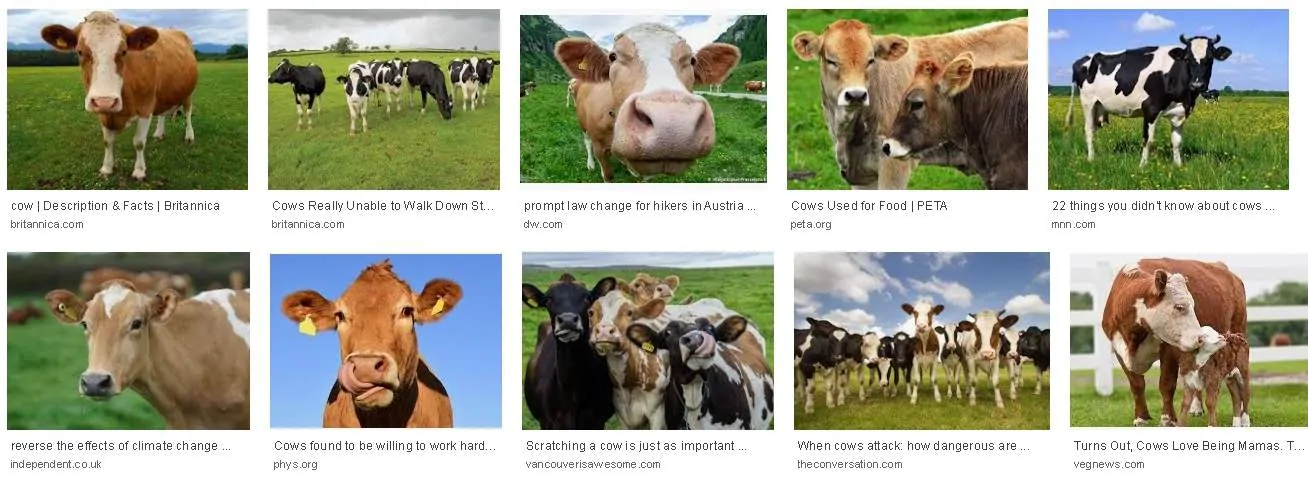
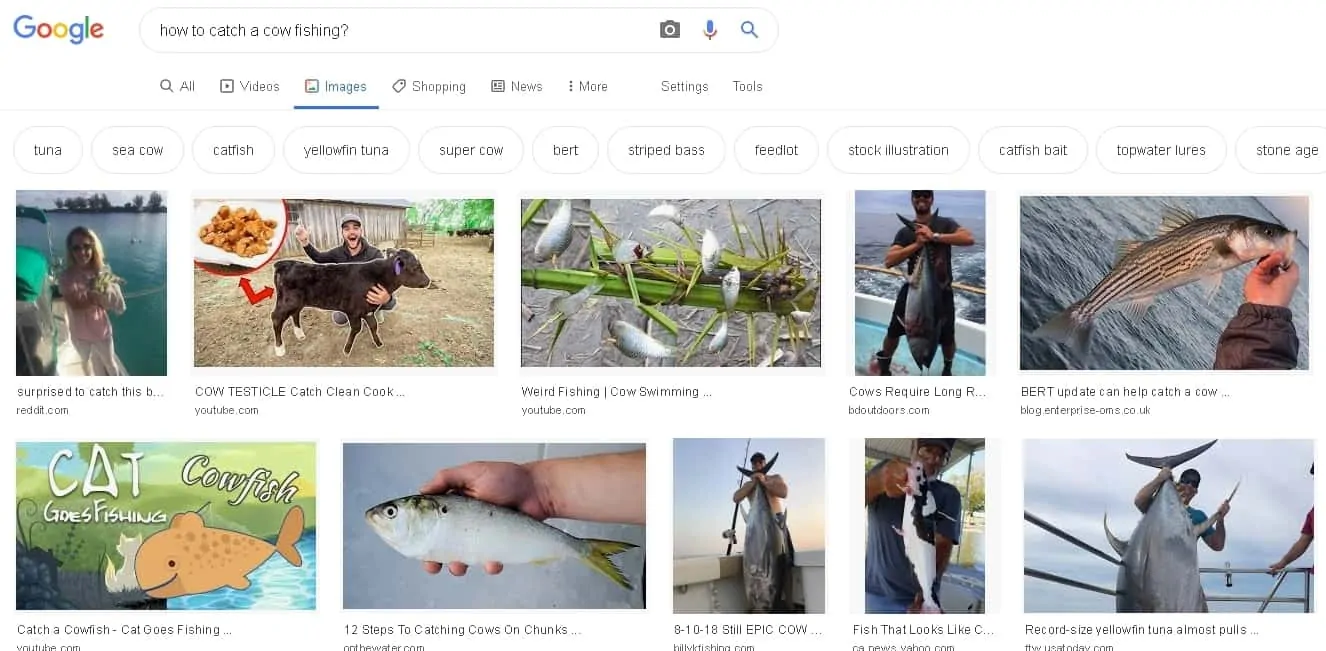
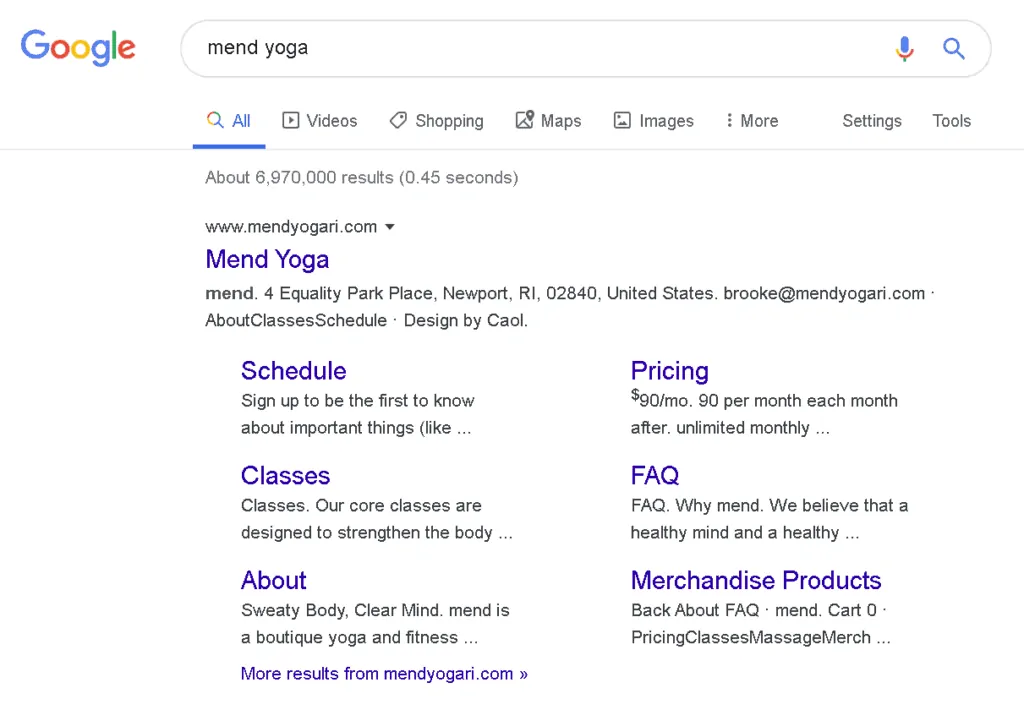


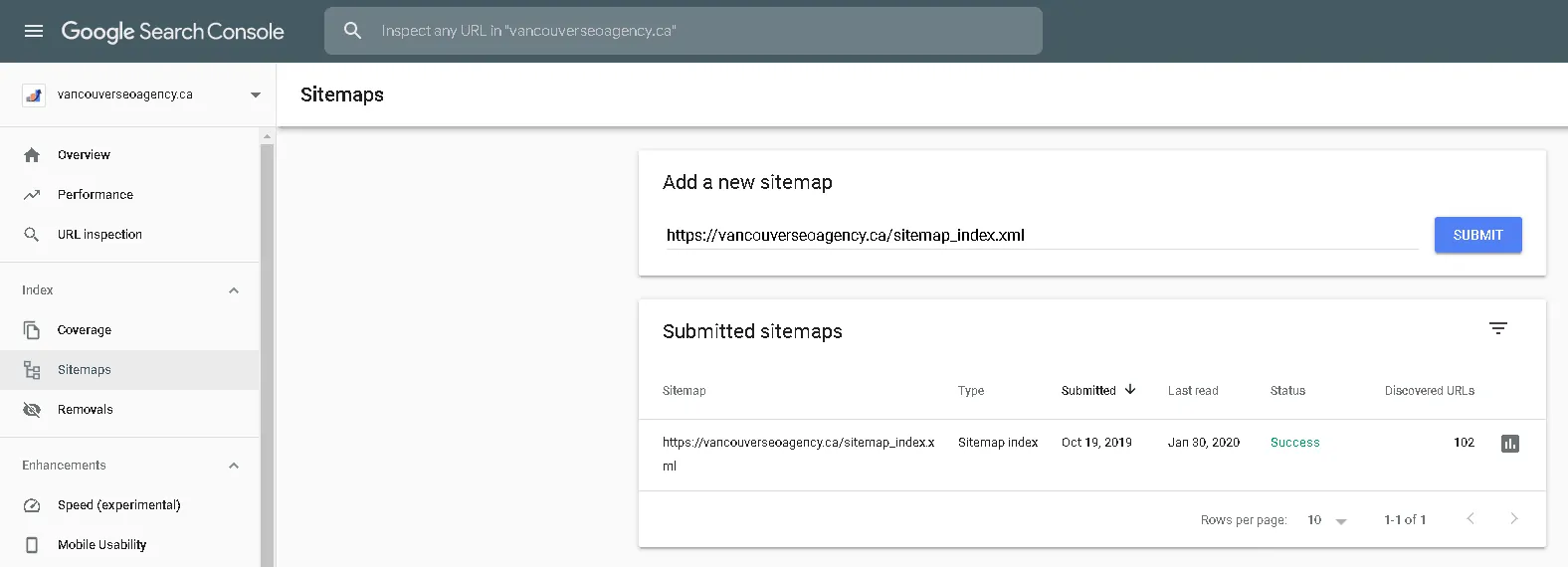



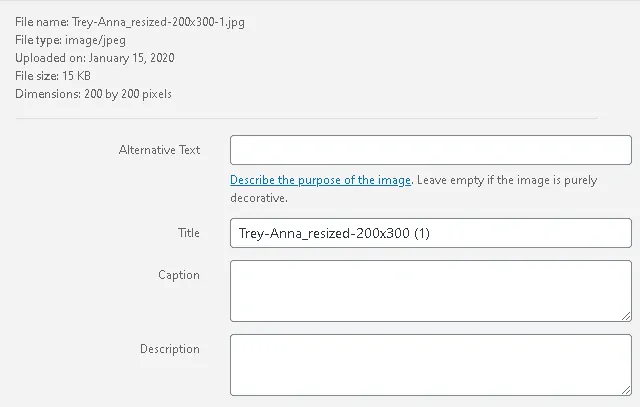
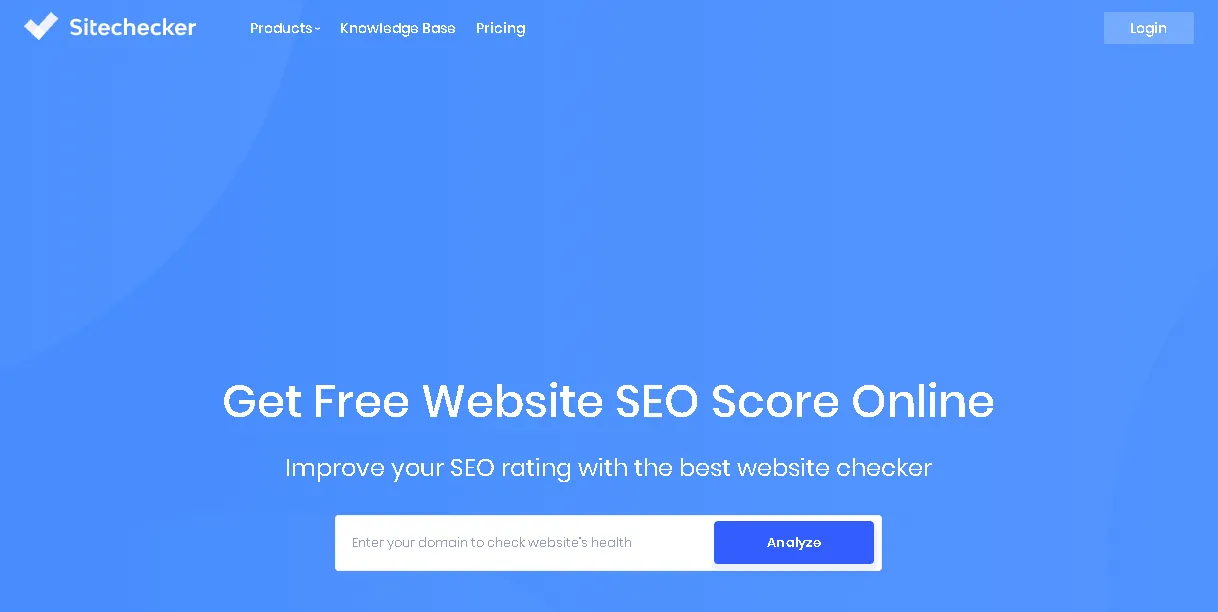
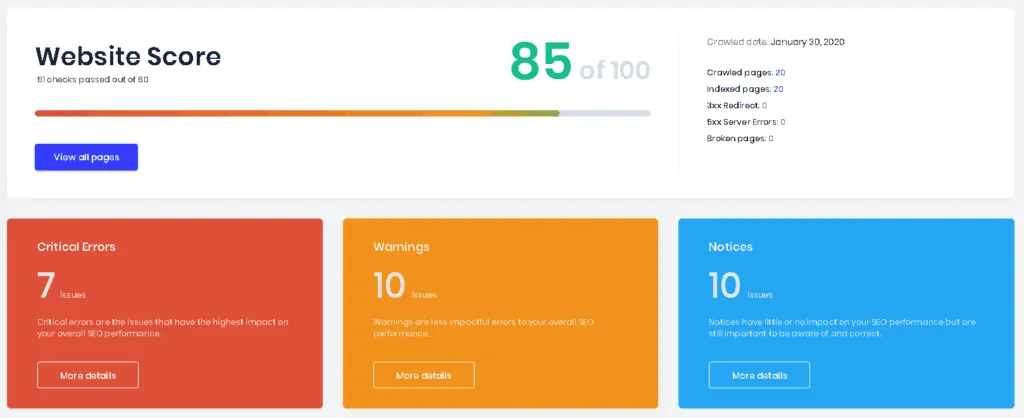
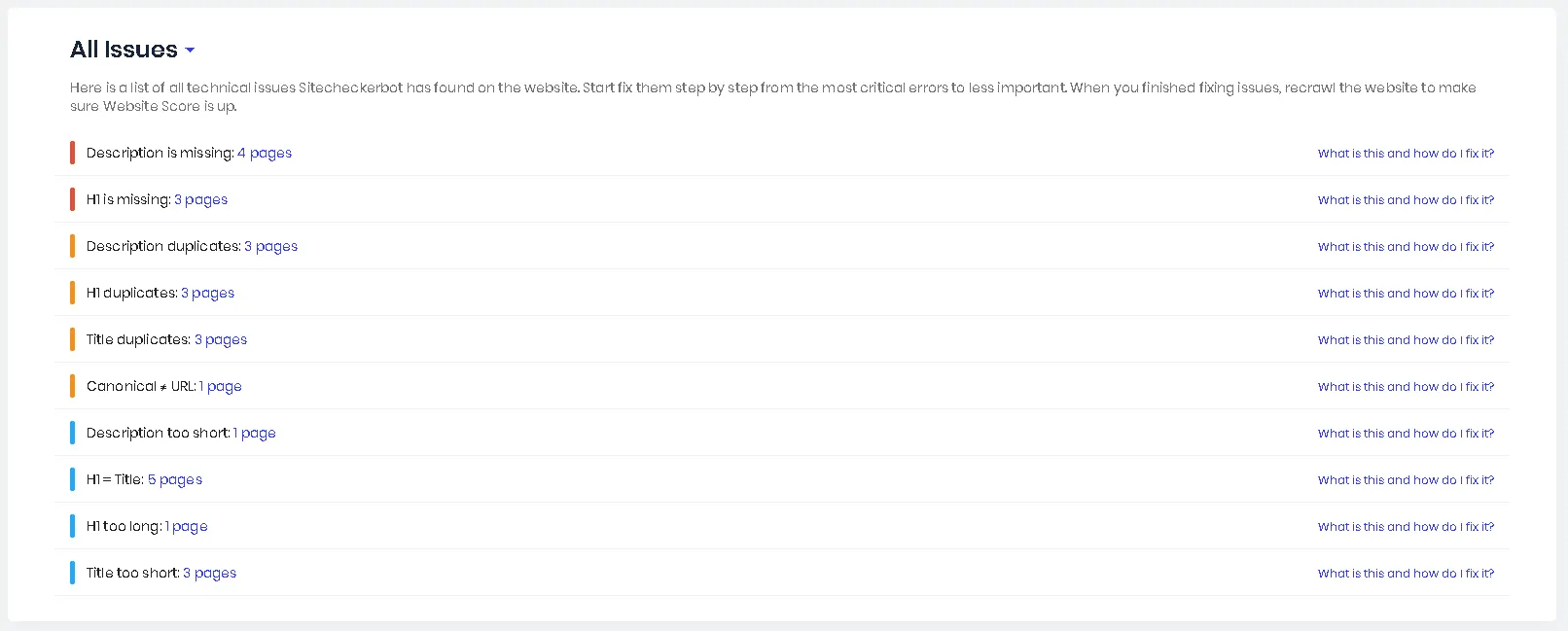
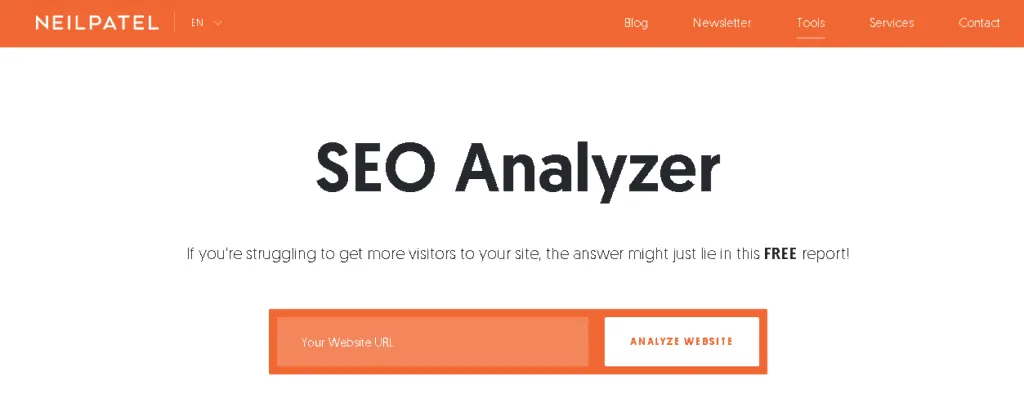


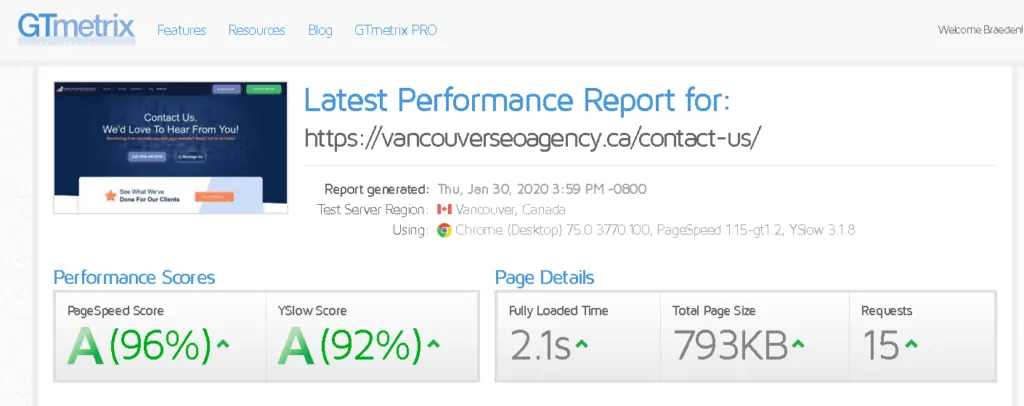
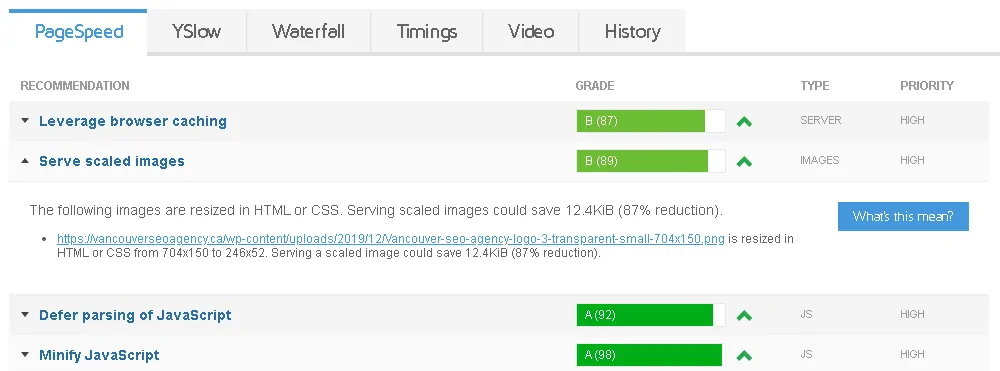
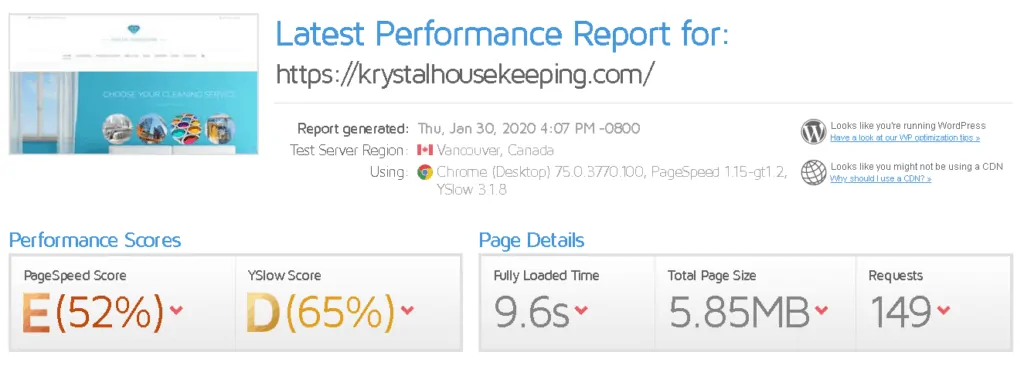
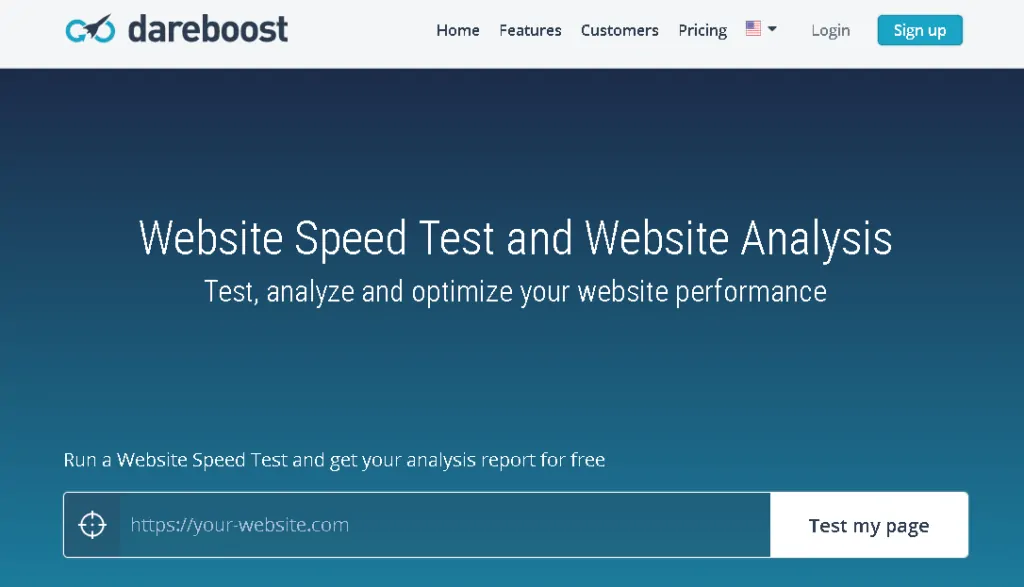
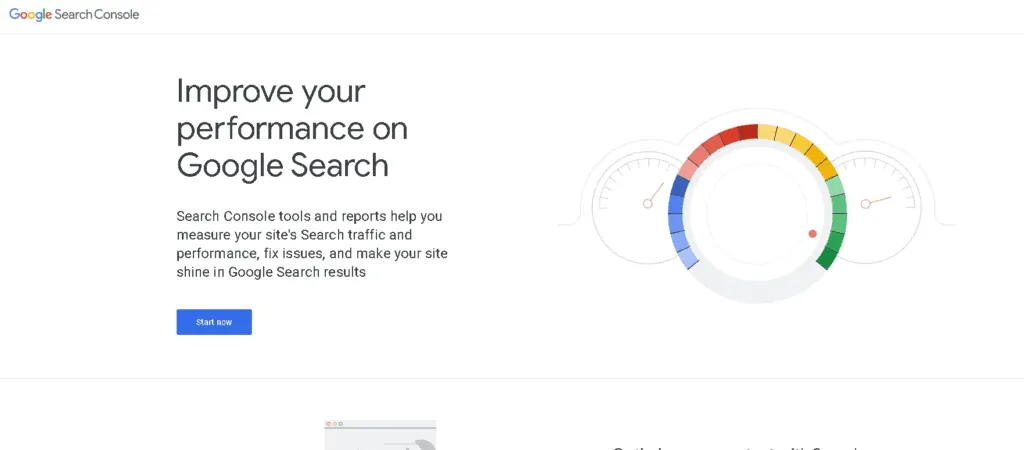
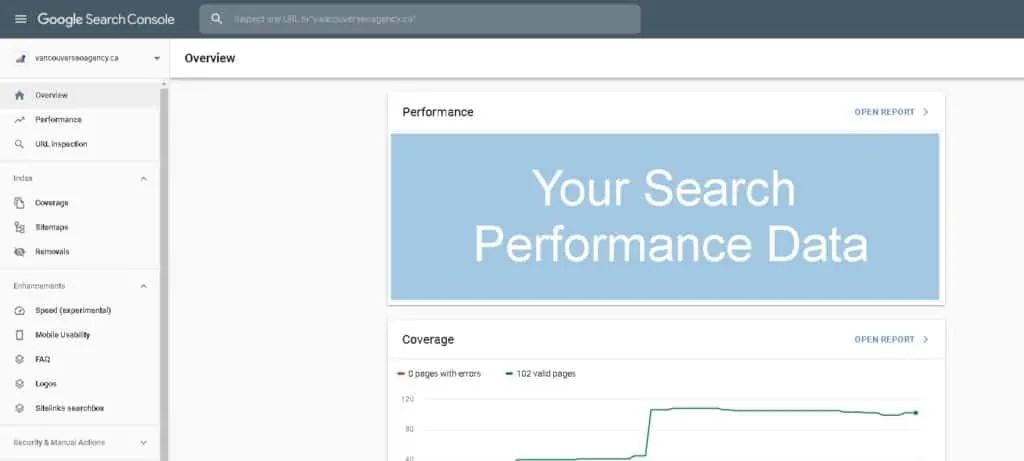
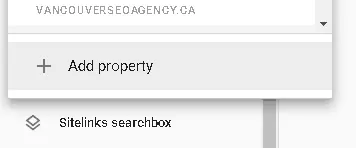
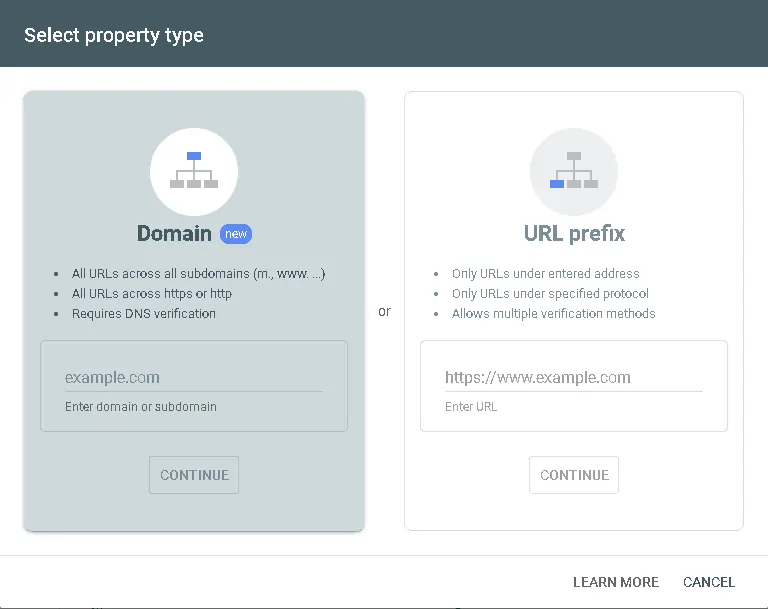
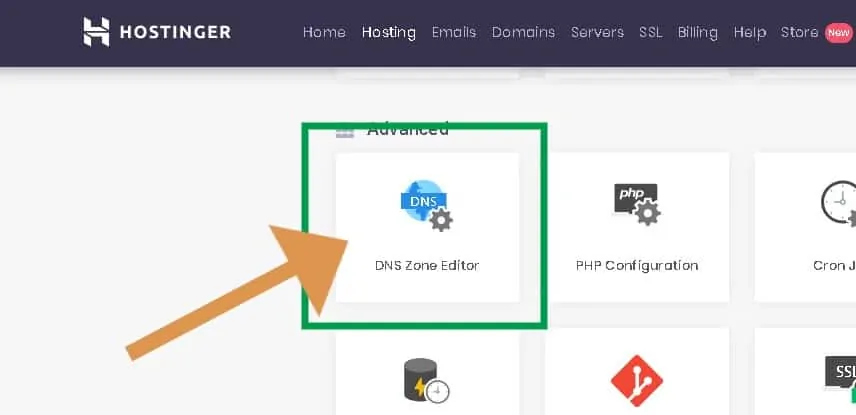

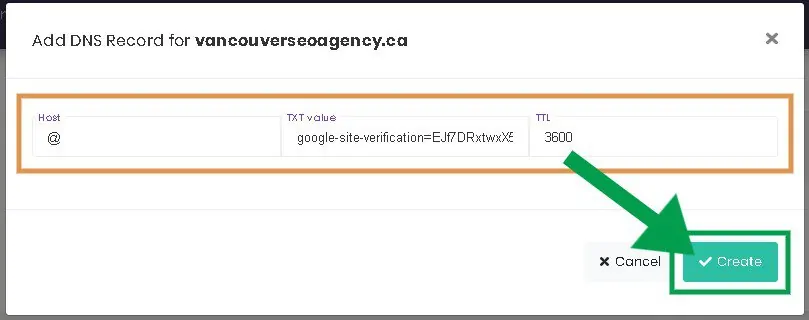
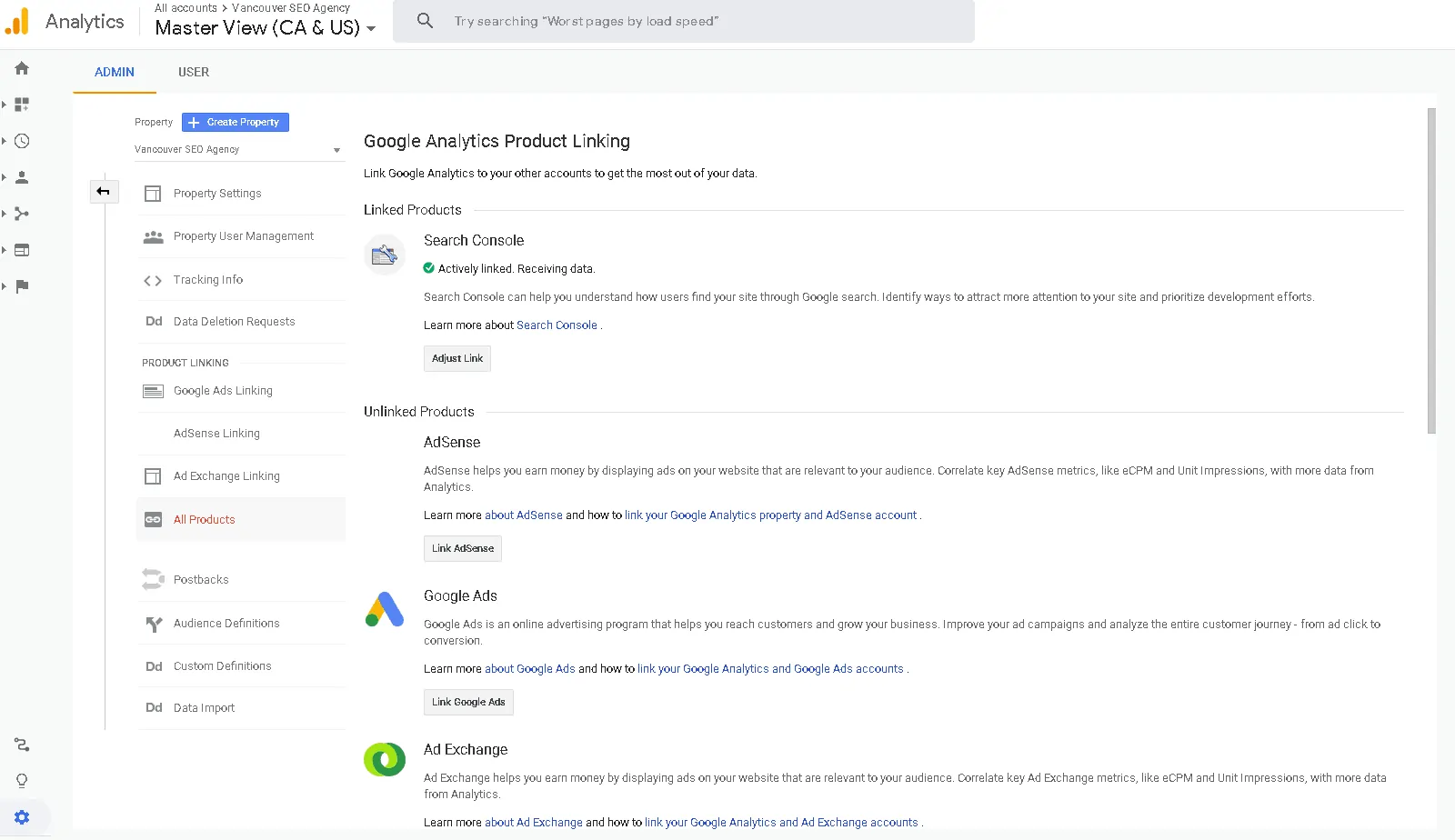
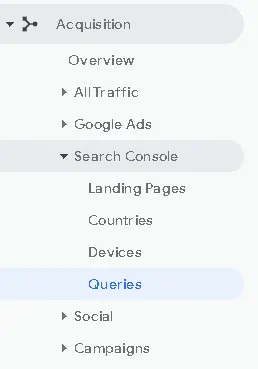
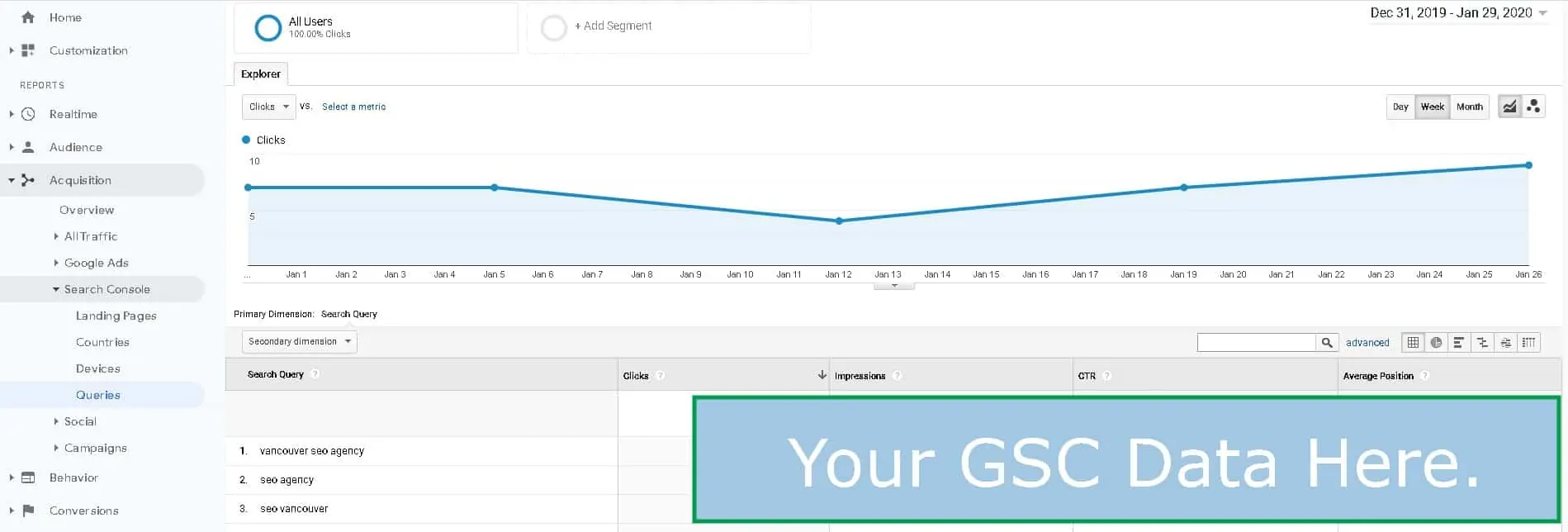
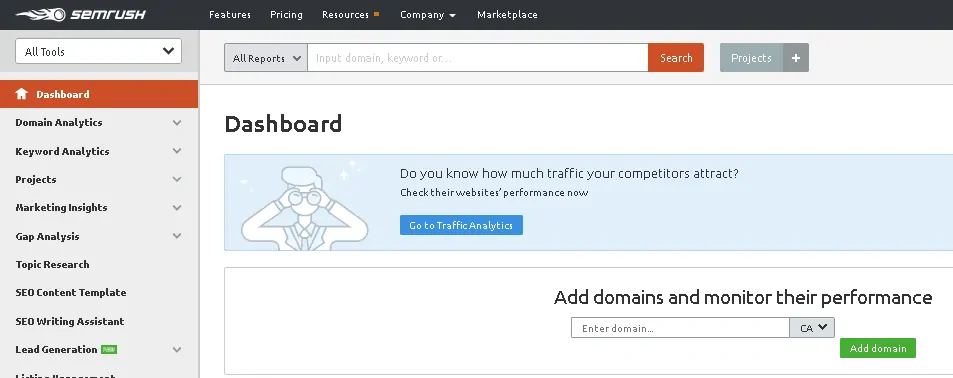
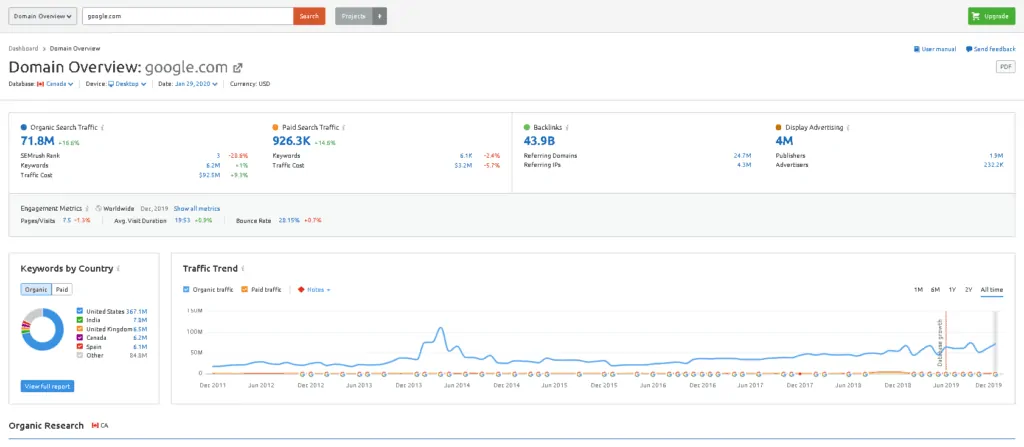
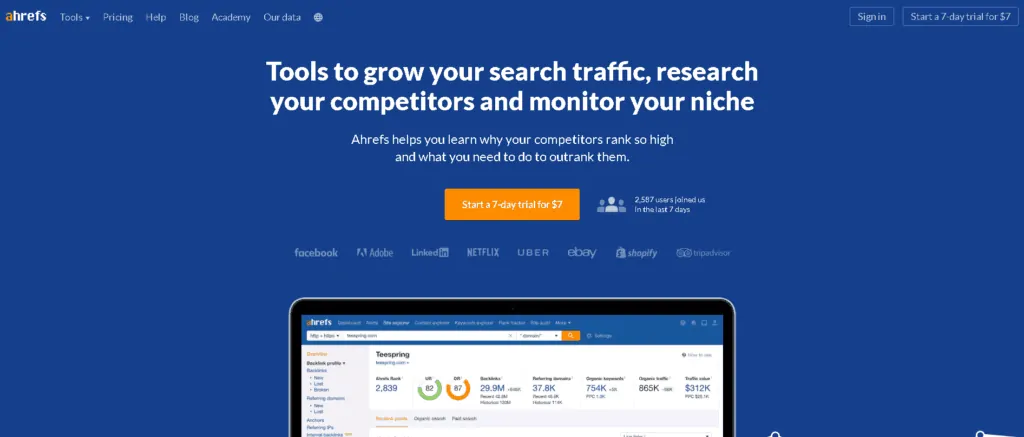

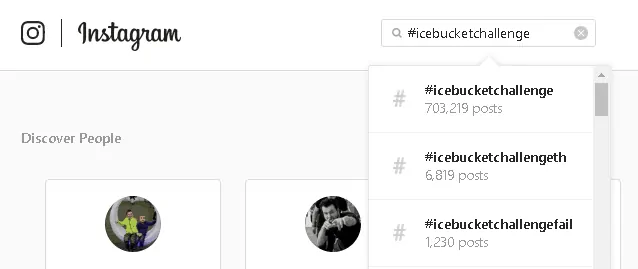
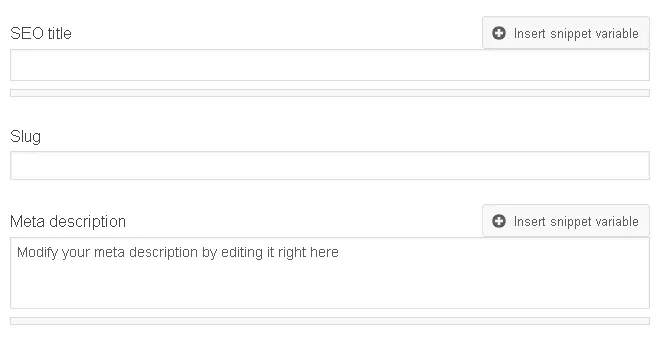
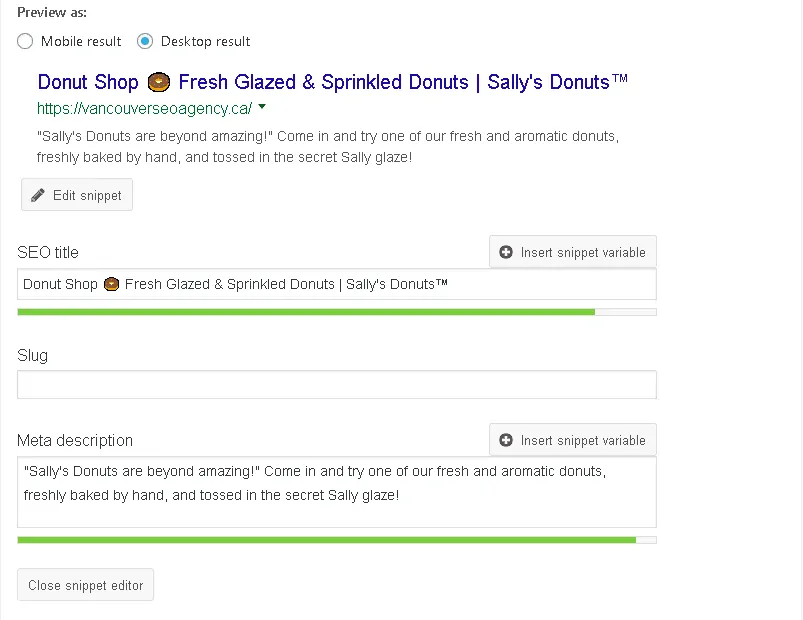
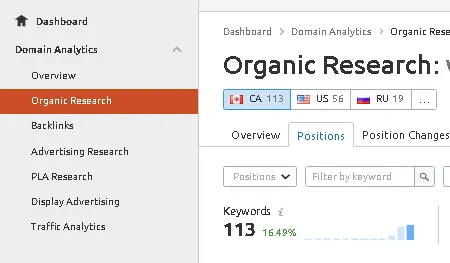
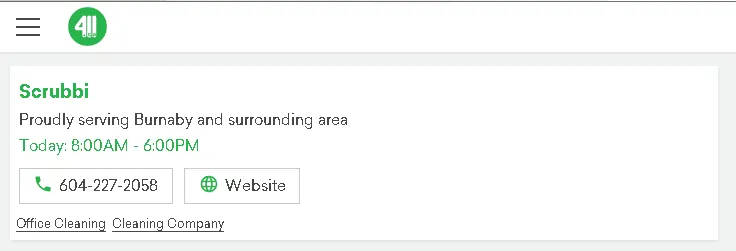
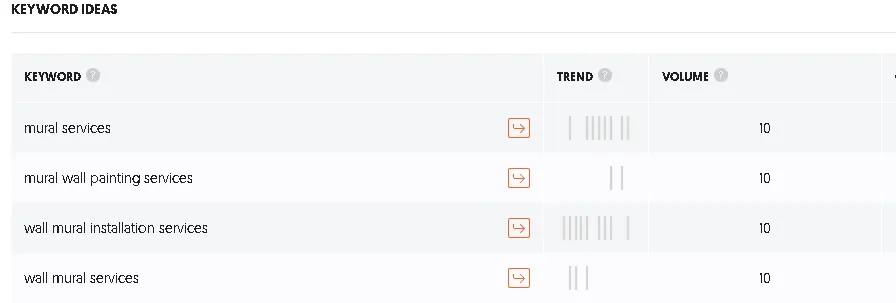
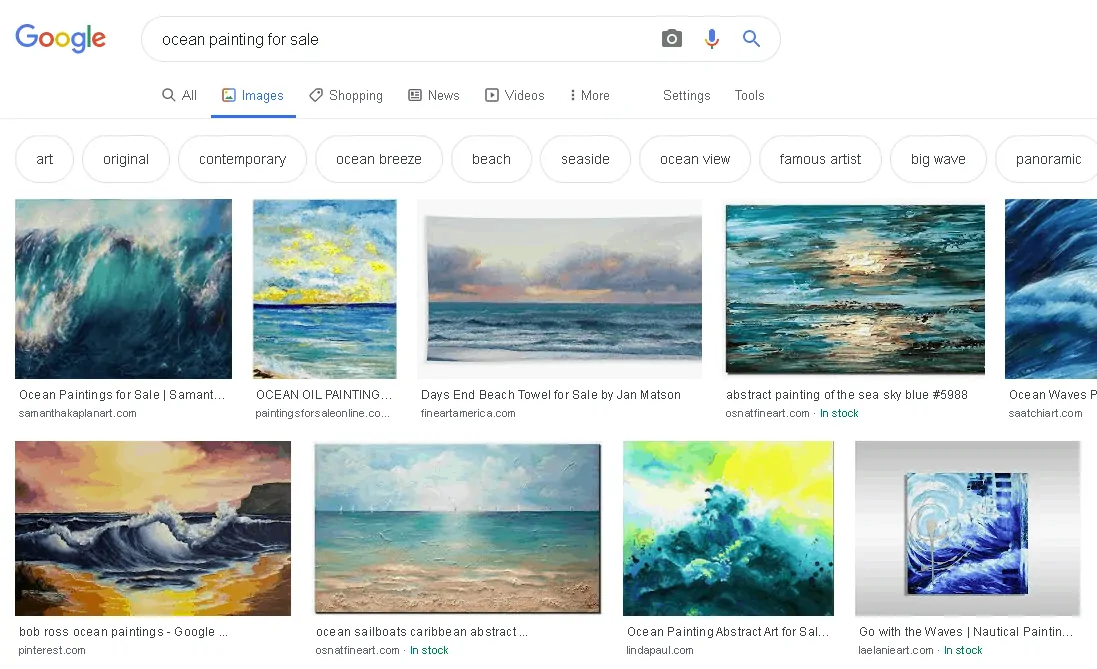
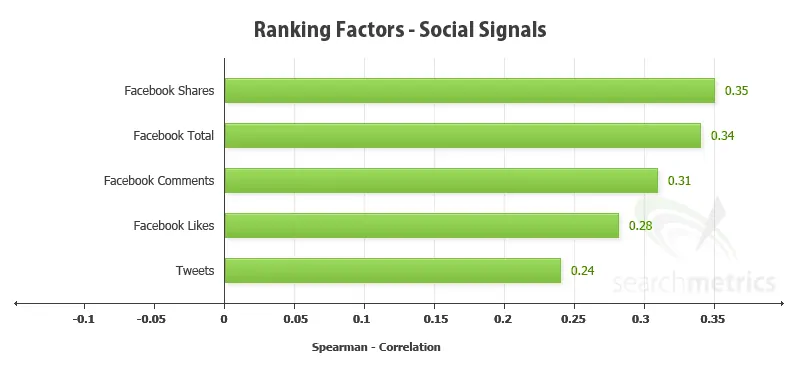
0 Comments